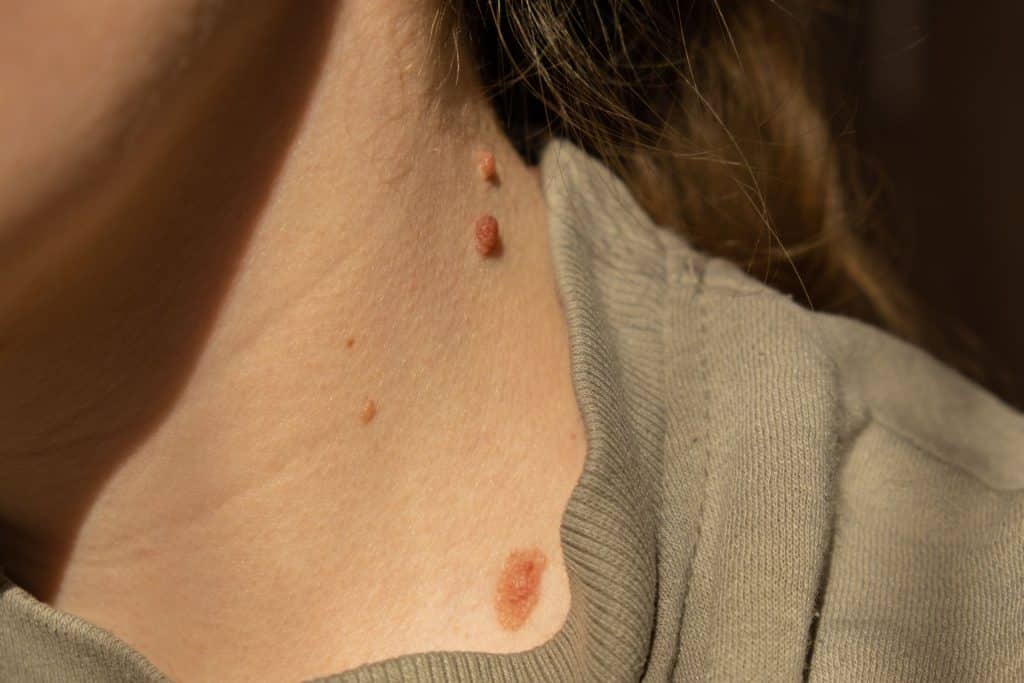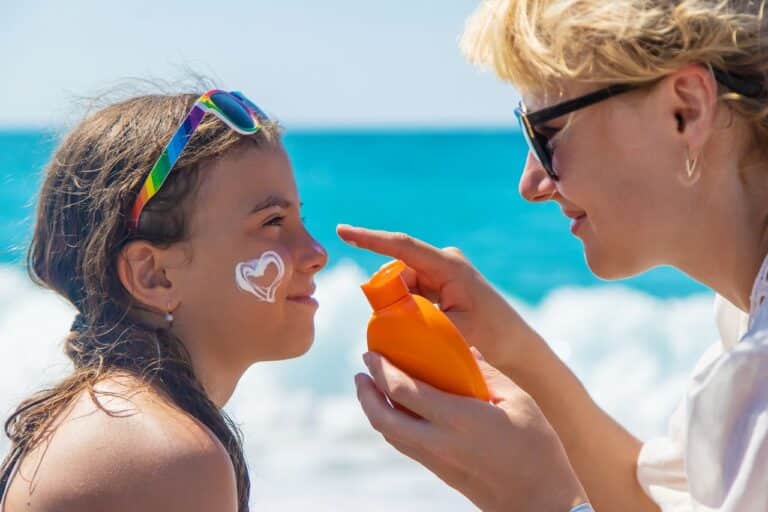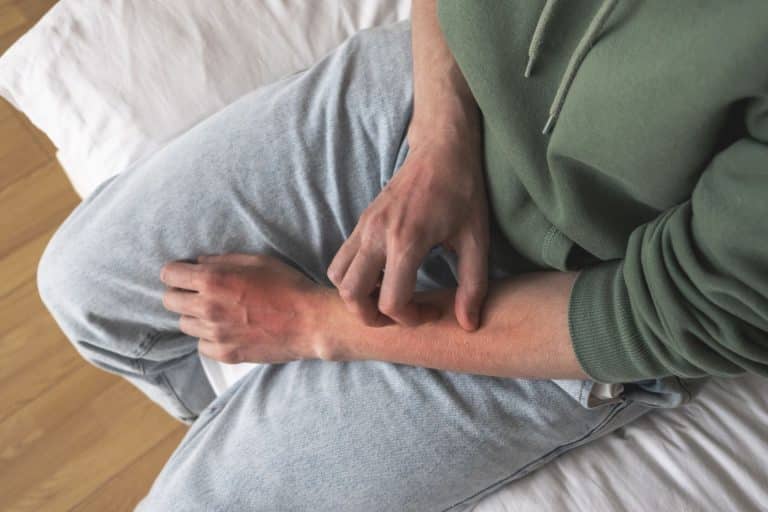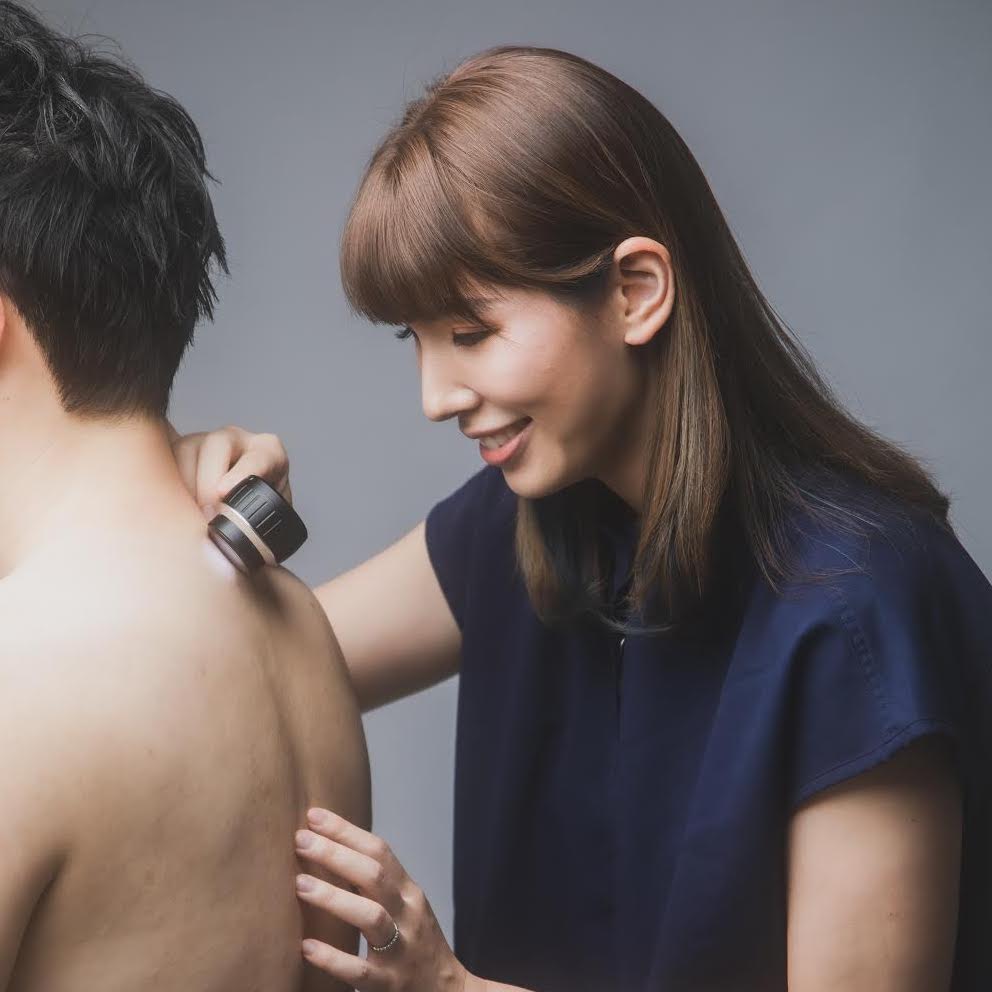Non-melanoma skin cancers (NMSCs) are the most common types of skin cancer worldwide, with Basal Cell Carcinoma (BCC) and Squamous Cell Carcinoma (SCC) being the two predominant forms. While they are generally less aggressive than melanoma, they can still cause significant morbidity and, in some cases, mortality if left untreated.
This article provides a detailed breakdown of the causes, symptoms, treatment options, and prevention methods for BCC and SCC, ensuring you have the knowledge to protect yourself and your skin.
The Differences Between Basal Cell and Squamous Cell Carcinoma
Basal Cell Carcinoma (BCC): The Most Common Skin Cancer
BCC accounts for about 75% of all non-melanoma skin cancers. It arises from basaloid cells in the epidermis, often on sun-exposed areas such as the face, neck, and arms.
Growth & Behaviour:
- Slow-growing and rarely metastasises.
- Can cause significant local tissue destruction if untreated.
Common Subtypes:
- Nodular BCC – Pearly papule with visible blood vessels.
- Superficial BCC – Scaly, red patches resembling eczema.
- Morpheaform (Sclerosing) BCC – Hard, scar-like appearance with deeper invasion.
Squamous Cell Carcinoma (SCC): More Aggressive Than BCC
SCC is less common than BCC but has a higher potential to metastasise. It arises from keratinocytes and is linked to chronic sun exposure.
Growth & Behaviour:
- Faster-growing than BCC.
- More likely to invade deeper layers of skin and spread to lymph nodes.
Common Subtypes:
- Keratoacanthoma – Rapidly growing with a central keratin plug.
- Invasive SCC – Deeply infiltrative and can metastasise.
- Bowen’s Disease (SCC in situ) – Superficial form of SCC that appears as scaly patches.
Causes and Risk Factors of Non-Melanoma Skin Cancers
While ultraviolet (UV) exposure is the leading cause of both BCC and SCC, other risk factors also play a role.
1. UV Radiation Exposure
- Cumulative sun exposure is the primary risk factor, especially for SCC.
- Intermittent intense sun exposure and childhood sunburns increase the risk of BCC.
- Tanning beds significantly raise the risk of both BCC and SCC.
2. Skin Type and Genetic Predisposition
- Fair-skinned individuals with blond/red hair and blue/green eyes are at higher risk.
- People with xeroderma pigmentosum (XP) and basal cell nevus syndrome (Gorlin syndrome) have an increased risk.
3. Immunosuppression
- Organ transplant patients and those on long-term immunosuppressive therapy are at higher risk of SCC.
4. Chronic Inflammation and Chemical Exposure
- SCC can develop in burn scars (Marjolin’s ulcers) and areas of chronic inflammation.
- Exposure to arsenic, ionising radiation, and industrial carcinogens can contribute to both BCC and SCC.

Symptoms and Warning Signs to Watch For
Early detection significantly improves treatment success rates. Knowing the warning signs of BCC and SCC is crucial.
Basal Cell Carcinoma (BCC) Symptoms
- Pearly, flesh-coloured bump with visible blood vessels.
- Non-healing sore that bleeds, crusts, and reopens.
- Pinkish, scaly patch (common on the chest and back).
Squamous Cell Carcinoma (SCC) Symptoms
- Scaly, red patches or rough plaques that persist.
- Firm, raised lump that may ulcerate.
- Chronic, non-healing wound or wart-like growth.
Treatment Options: Surgical and Non-Surgical Approaches
1. Surgical Treatments
- Excisional Surgery – Removes the tumour with clear margins.
- Mohs Micrographic Surgery (MMS) – Ideal for high-risk or recurrent BCC/SCC, offering the highest cure rate.
2. Non-Surgical Treatments
- Cryotherapy – Freezing off superficial BCCs and SCC in situ.
- Topical Therapies (Imiquimod, 5-FU) – Used for superficial BCC and SCC in situ.
- Photodynamic Therapy (PDT) – Uses light activation to destroy cancer cells.
- Radiation Therapy – Used for patients who are not surgical candidates.
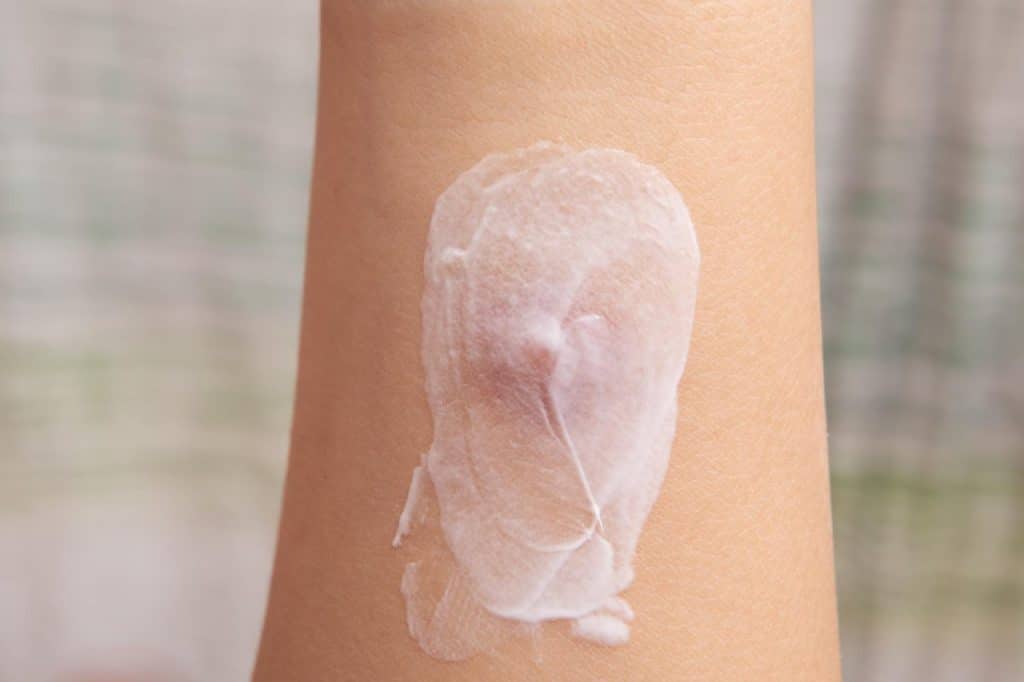
Preventative Measures to Reduce Risk
1. Sun Protection: Your Best Defense
- Apply broad-spectrum SPF 30+ sunscreen daily.
- Reapply every 2 hours and after swimming/sweating.
- Wear protective clothing – Wide-brimmed hats, sunglasses, and long sleeves.
2. Regular Skin Checks and Early Detection
- Perform monthly self-examinations using the ABCDE rule.
- See a dermatologist annually for a professional skin check.
3. Avoid Tanning Beds and Reduce UV Exposure
- Tanning beds increase SCC risk by 67% and BCC risk by 29%.
4. Maintain a Healthy Lifestyle
- Eat an antioxidant-rich diet (fruits, vegetables, omega-3s).
- Consider nicotinamide supplements – Studies show they reduce non-melanoma skin cancer risk by 23%.
Final Thoughts: Protect Your Skin and Stay Vigilant
Basal Cell Carcinoma (BCC) and Squamous Cell Carcinoma (SCC) are highly treatable when detected early, but prevention is always better than cure. By taking proactive steps—wearing sunscreen, avoiding excessive sun exposure, and getting regular skin checks, you can significantly reduce your risk.
Concerned about a suspicious spot? Book a skin cancer screening today at ISO Skin Cancer Clinic to ensure your skin stays healthy and protected!

